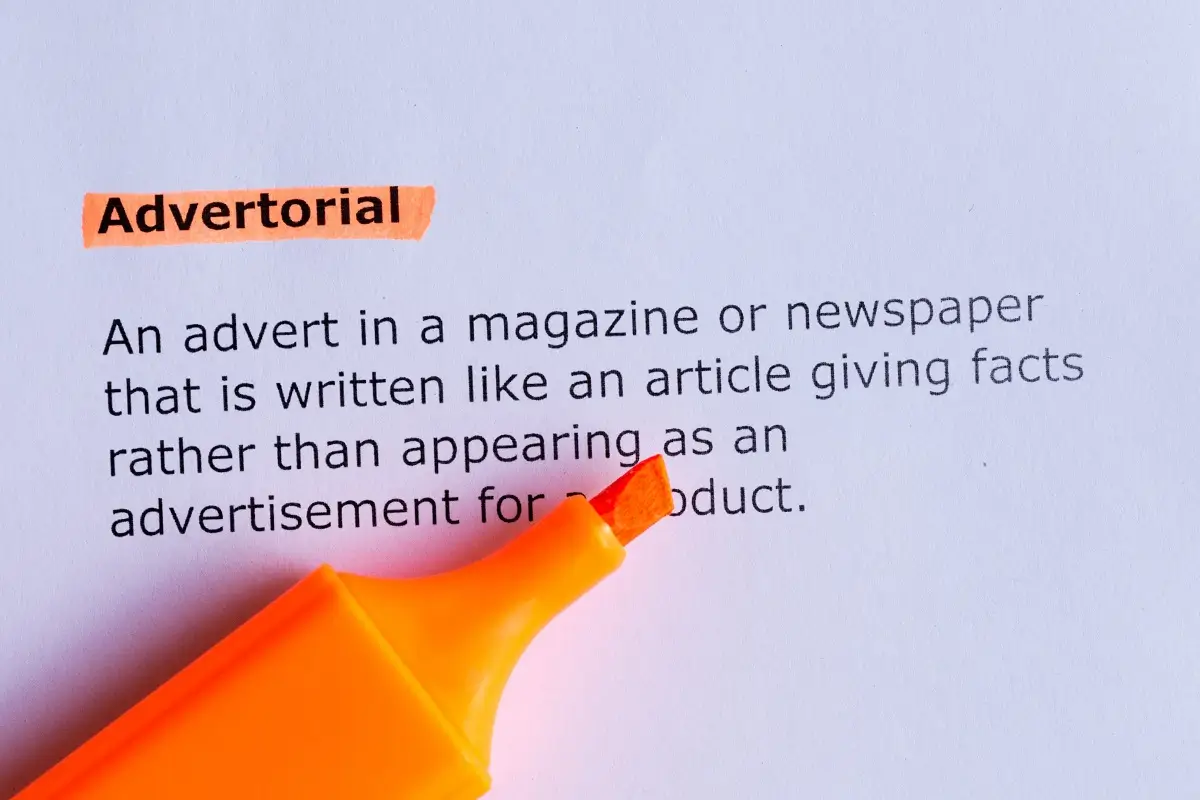
Unbridled incoherence, coupled with dull language lacking in character, is the most dependable way to deter people from reading your copy.
I still remember struggling to bind sentences together in a punchy and concise way during my first year of Journalism school.
It didn’t exactly get to the point where I wanted to run away from my computer, screaming – still, it was downright irksome.
Luckily, I had some of Canada’s best reporters sharing their time-honoured writing tricks in class.
So, don’t despair: a range of effective techniques exist that will help you improve your writing skills.
I have put together five of my all-time favourite ones below. Feel free to treat them as your free get-out-of-jail-cards when writer’s block rears its obnoxious head.
- Alternate sentence length
Check out the following mock-up restaurant ad, and then compare it with the one that follows:
Our handmade pasta is smothered in a four-cheese sauce. It is also topped with locally-grown mushrooms. It will make your taste buds spin from excitement. Get it for a limited time only.
Our handmade pasta, smothered in a four-cheese sauce and topped with locally-grown mushrooms, will make your taste buds spin from excitement.
Get it for a limited time only.
Notice that the second version has more rhythm versus the first one broken up along the same intervals. This easy but powerful technique helps you inject verve in your writing – language with a beat is always easier to follow because it wipes out monotony and uniformity.
- Break up complex sentences
This writing practice also helps you inject rhythm in your writing. It is especially useful in technical documents when, sometimes, it’s the only way you can spice things up.
Take a look at the following example – it is too long and strains the reader’s focus to the point of collapse.
Implementing the recommended energy efficiency program will improve the facility’s financial position by reducing operating costs, maintain or enhance comfort conditions within the building, and make a positive contribution to the environment by reducing pollutant emissions.
If you read the entire sentence, you are in the minority. Long, cumbersome sentences of this kind are excellent candidates for a snooze fest and can alienate audiences. Now, take a look at what this sentence looks like once it has been broken up in two chunks:
Implementing the recommended energy efficiency program will improve the facility’s financial position in several ways. It will reduce operating costs, maintain or enhance comfort conditions within the building, and make a positive contribution to the environment by reducing pollutant emissions.
The latter version gives the composition some breathing room and doesn’t force the readers’ attention to the point of frustration.
- Go out with a bang
Most blogs, including a few of my own, emphasize the importance of crafting a powerful lead. And that is true – if the lead doesn’t engulf the reader from the get go, consider the copy extinct from the first sentence onwards.
I am assuming here that your reader has been lured from the start and has, more or less, read your copy until the final paragraph. That said, making an impact with the closing sentence is especially relevant in marketing materials aimed at selling products and services. Given the time crunch we all face in today’s fast-paced climate, most readers tend to read the introduction, skim through the text, and read the ending. With this in mind, make an effort to reward and inspire your audience for reading your copy.
Think about the thoughts and feelings you want to stir in your readers and potential clients. These might be feelings of confidence (“Your outlook will change”) or feelings of cozy nostalgia your product or service will produce (“Earthy, rustic cloth, perfect for a camp fire with friends”).
But don’t overdo it. Always remain true to your brand and focus on your readers’ needs.
- Don’t be afraid of repetition
If used effectively, repetition can be your ally. If used effectively, repetition can be your ally. If used… OK you get the point.
However powerful, repetition is one of those writing mechanisms people tend to avoid. Just dial back to your school days and I bet you will remember your English teacher underlining the importance of varying words to combat monotony in written communication. While that rule still applies, generally, there are exceptions in which repetition can be an important tool in reinforcing the message you want to communicate.
If there is a phrase you would like to emphasize, for example that your product will save your client money, make sure you sprinkle this fact throughout the text – and back it up with facts. Or perhaps you are launching a cool new product and would like the name to stick. In this case, it is a good idea to reverberate the name throughout the copy so that it sinks in.
But be mindful that repetition alone can sound redundant without backup, so avoid relying on cyclical phrases without a relevant context.
- Leave adverbs in the hallway
Adverbs are often your worst enemy because they can weaken the argument you are trying to get across. To prevent this from happening trade your adverbs for descriptive verbs. She sulked miserably in her room, or He jumped up and down eagerly are sentence examples that suffice with verbs alone.
Cutting back on adverbs in speeches and blogs that appear on your company’s website is no different, and is equally effective. Remember that when someone experienced bitter disappointment (what other kind is there?), nodded thoughtfully (nodding is always thoughtful) or said excitedly (show it with a quote).
Leaving adverbs behind isn’t always easy because we intuitively rely on them in casual communication. Writing requires more self-editing which can be frustrating, but the end result will be a leaner, more convincing argument. While you don’t have to eliminate adverbs altogether, try to prune them as much as possible.







